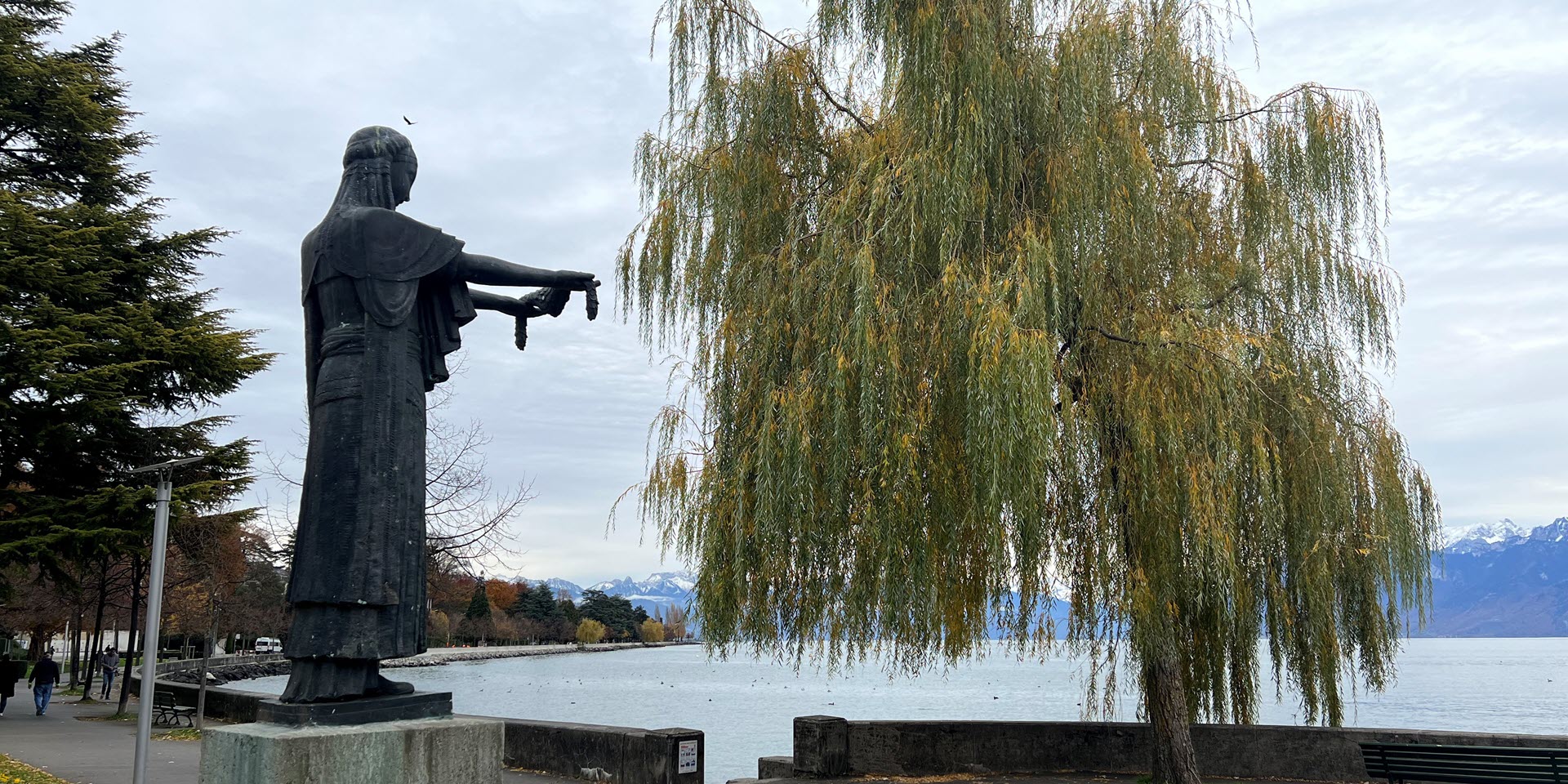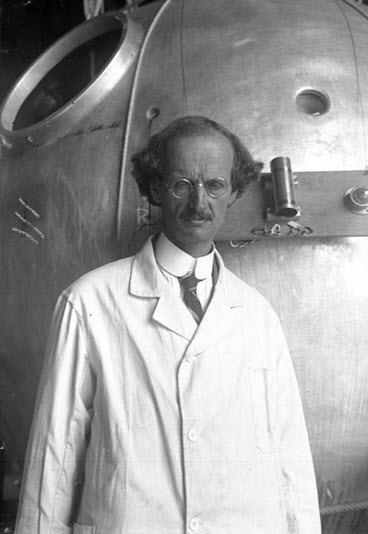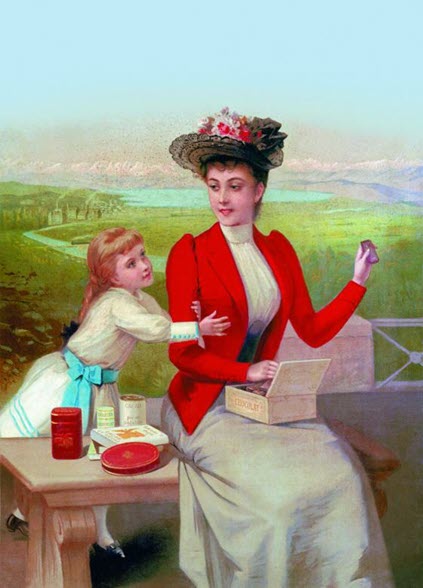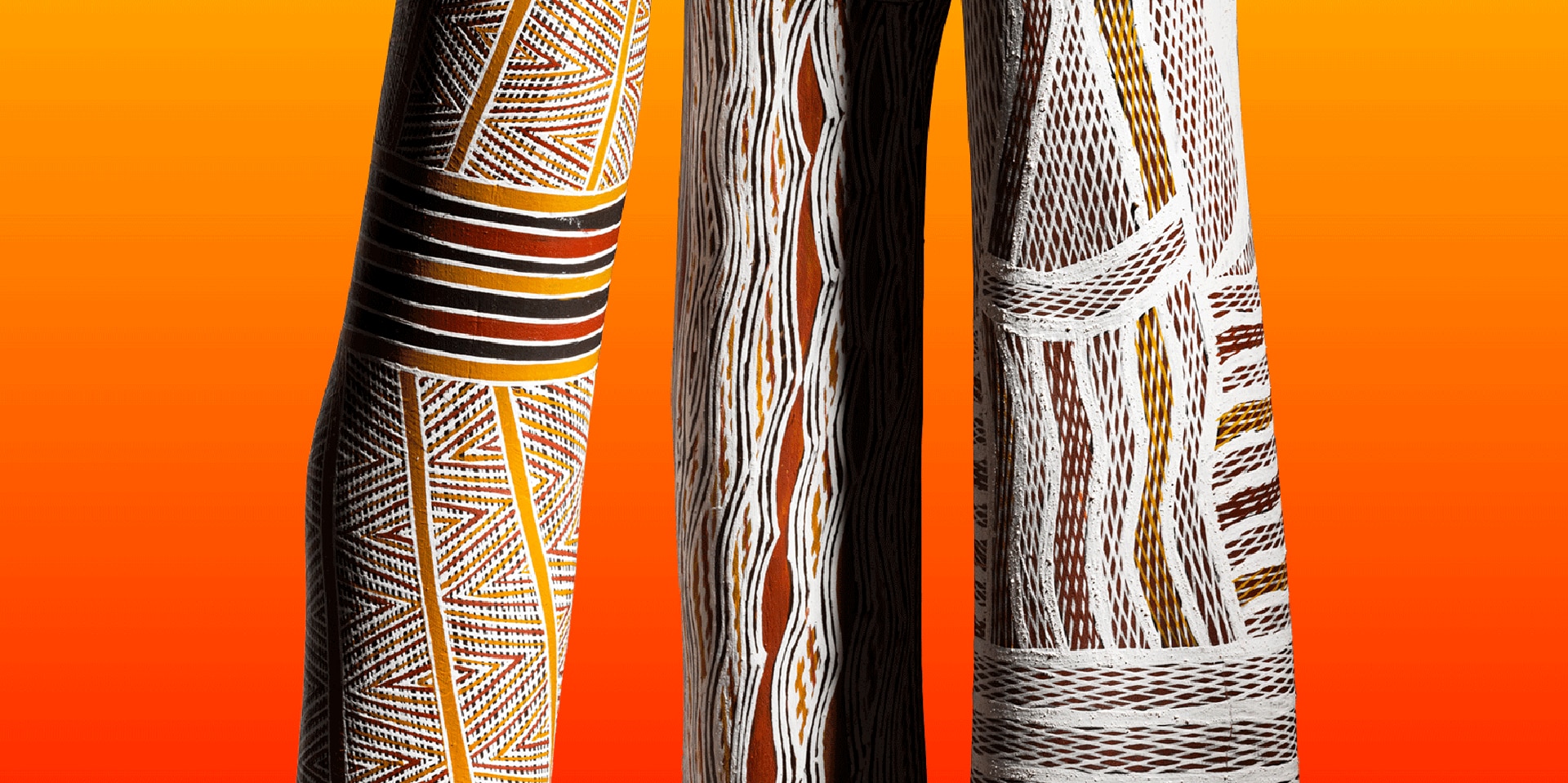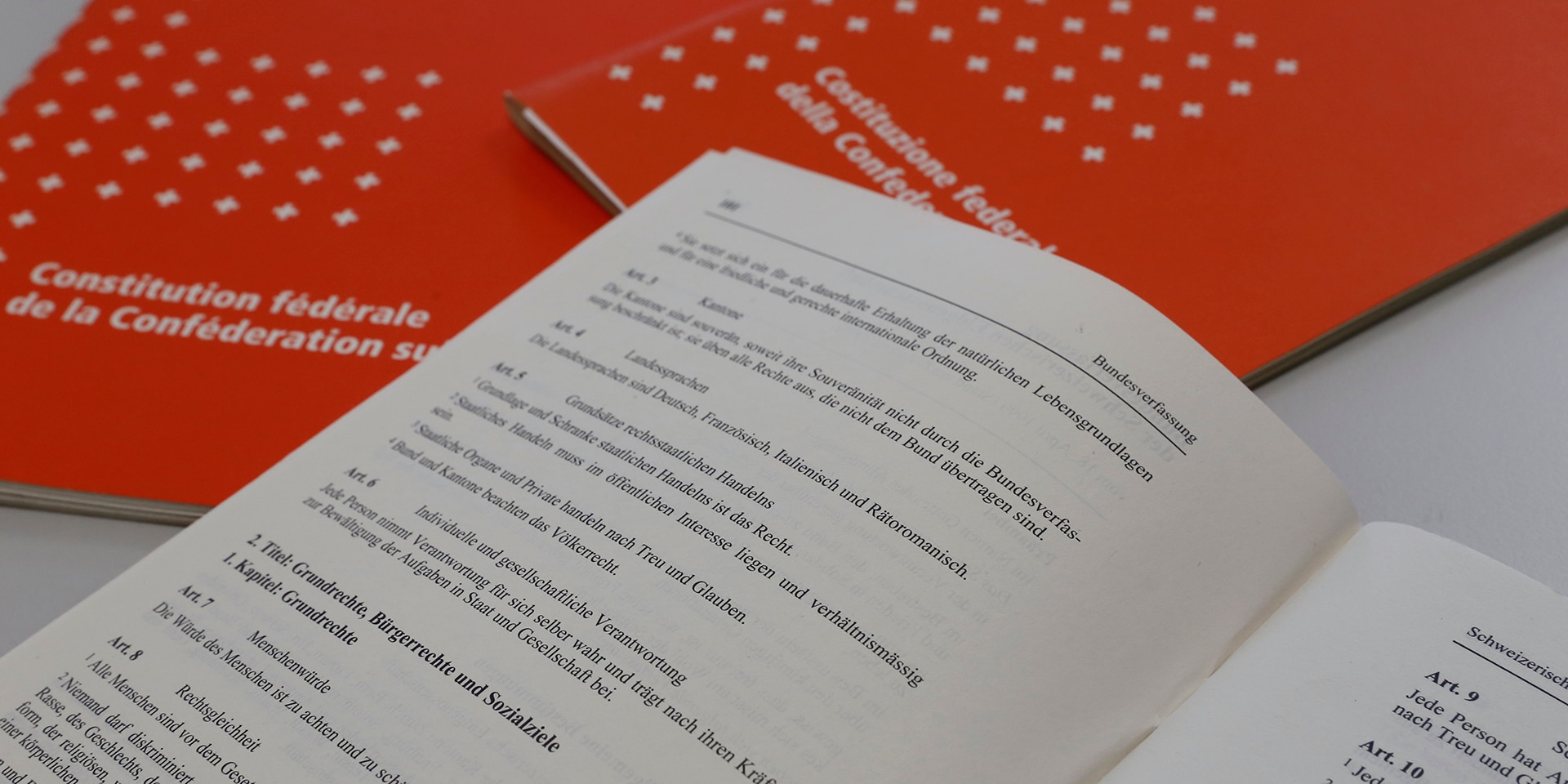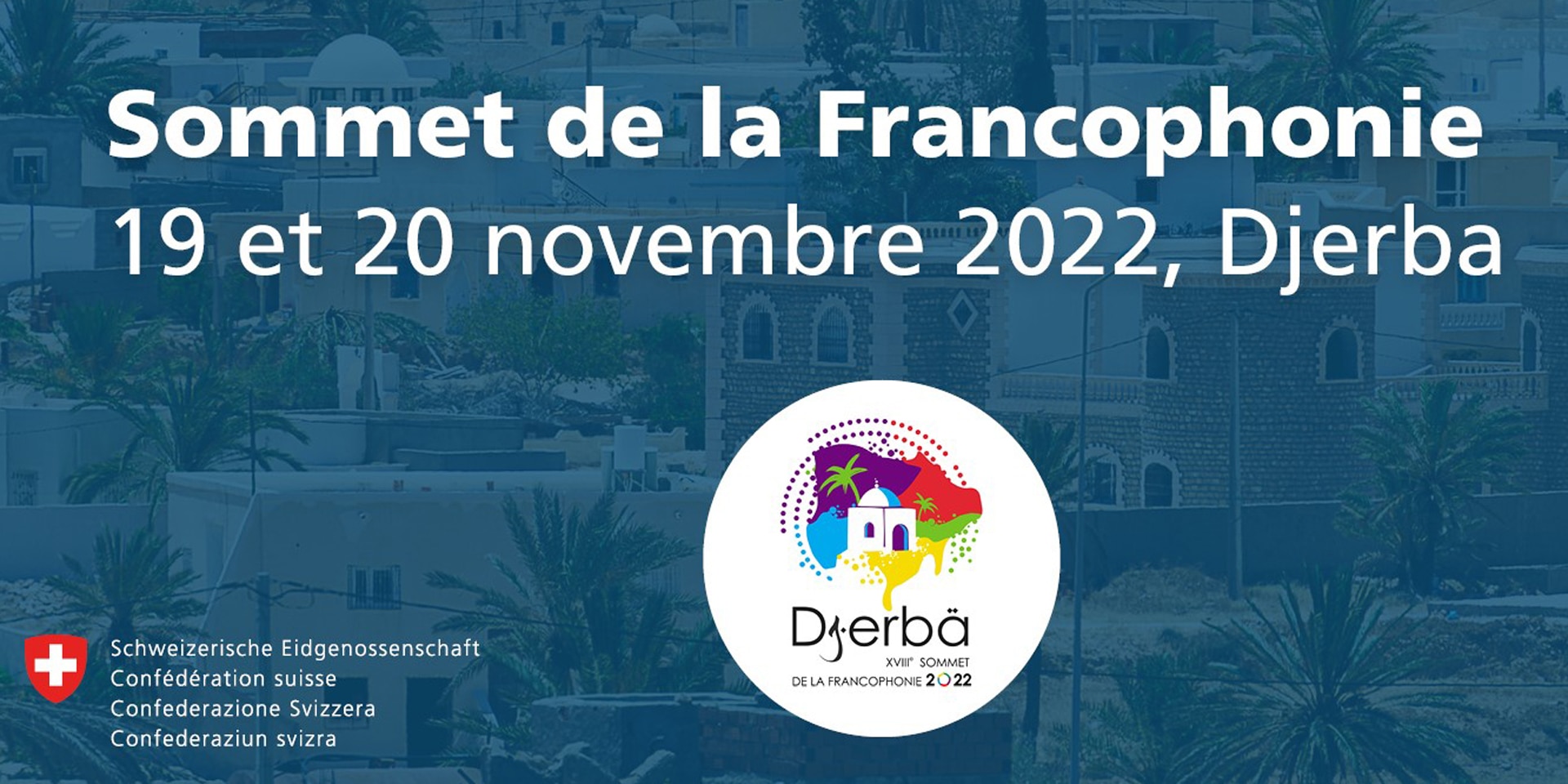When it comes to comics, the Swiss-Belgian connection isn't down to Professor Calculus alone. Known in France as the ninth art because of its popularity since Hergé's Tintin in the late 1920s, it is Belgium that is now recognised as the world's French-speaking capital of the bande dessinée, or BD. But did you know that one of the founding fathers of the modern-day comic strip was actually a writer from the French-speaking part of Switzerland?
Indeed, it was as early as the 1820s that Rodolphe Töpffer began drawing his 'graphic stories', satirising contemporary society's foibles. By no means the first to use images to bolster a text, Töpffer is nonetheless credited with paving the way for how comic strips are still designed to this day – by combining images and breaking down actions into sequences that follow one another. To explain his approach, Töpffer said "Without the text, the meaning of the drawings would be obscure; and without the drawings, the text would have no meaning either."
Since then, Switzerland and Belgium have continued to maintain close ties in this particular field as well, such as the 2014 Swiss comics exhibition at the Belgian Comic Strip Center, one of the major venues in the comic world. The event was also supported by the Swiss embassy in Belgium, further reflecting the close cultural ties between the two countries.

